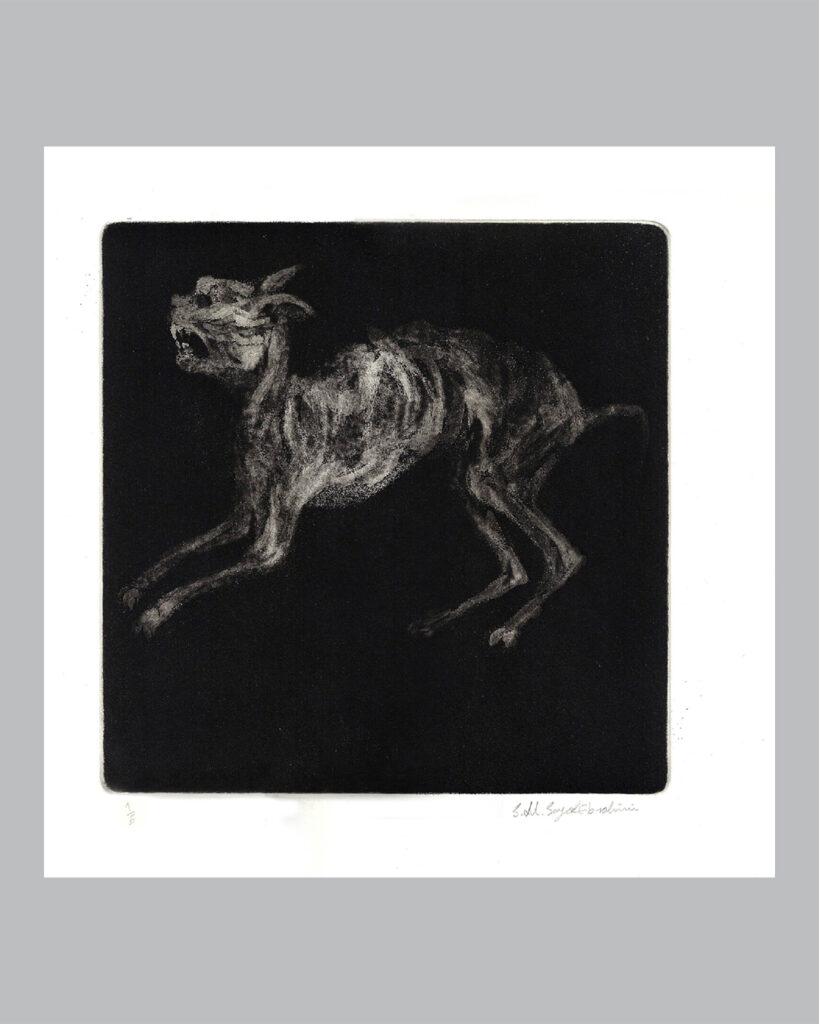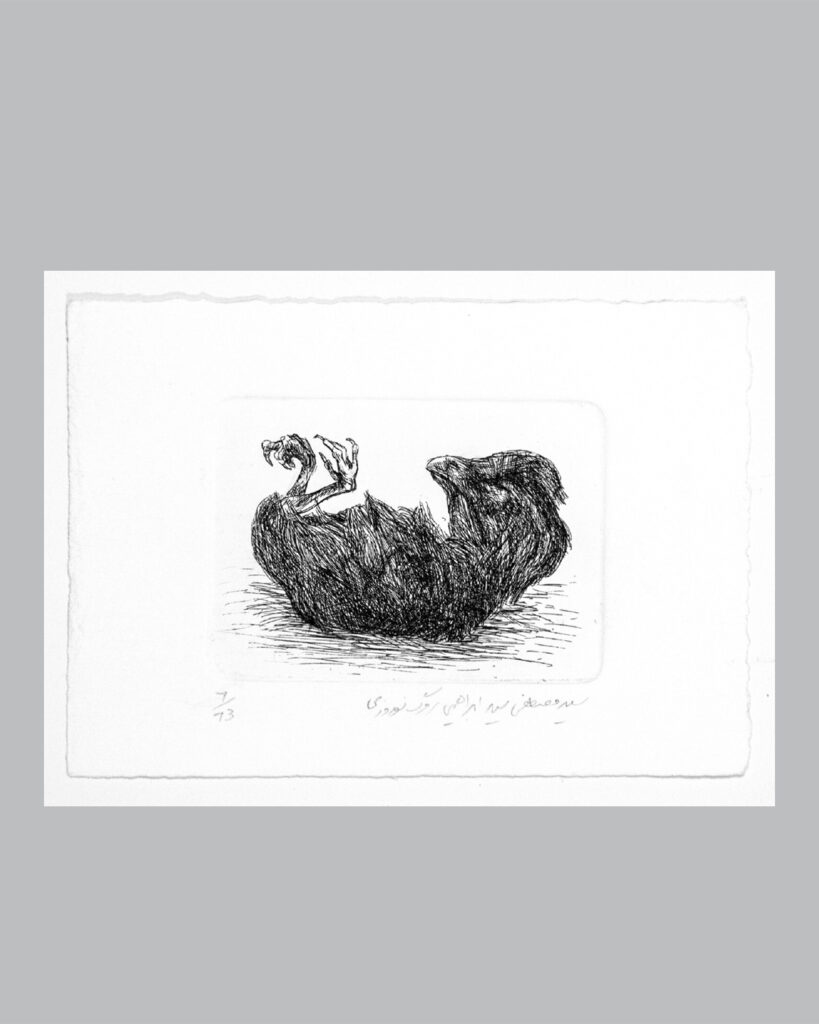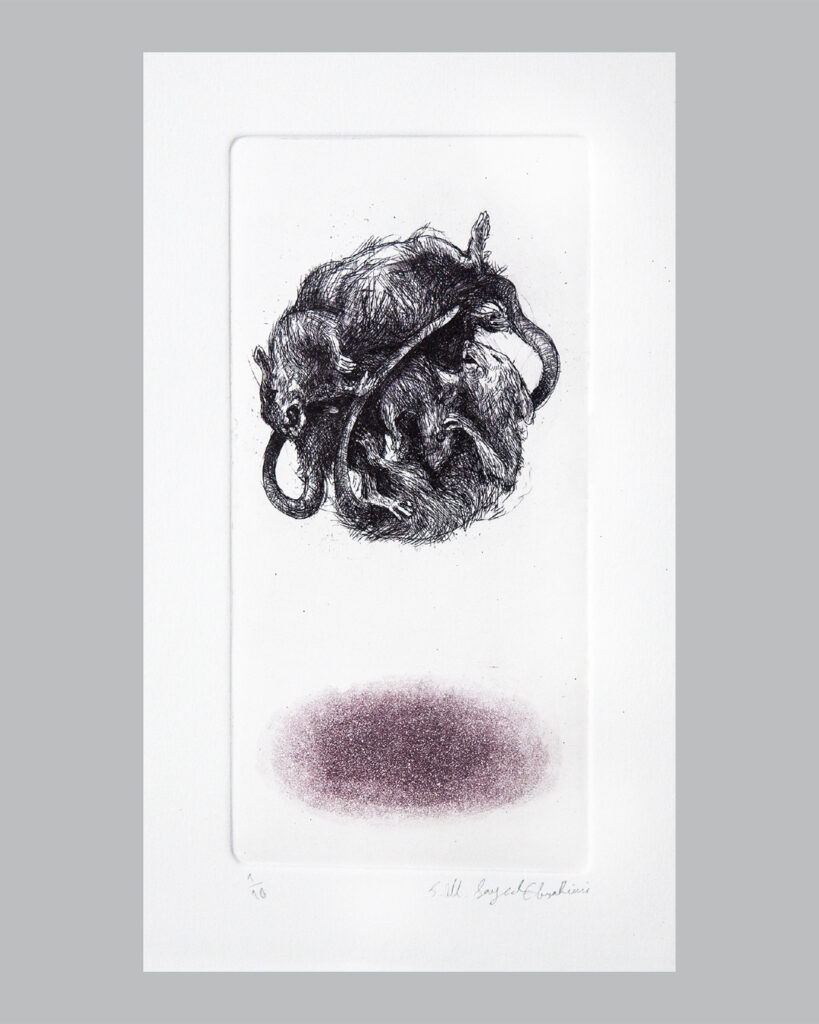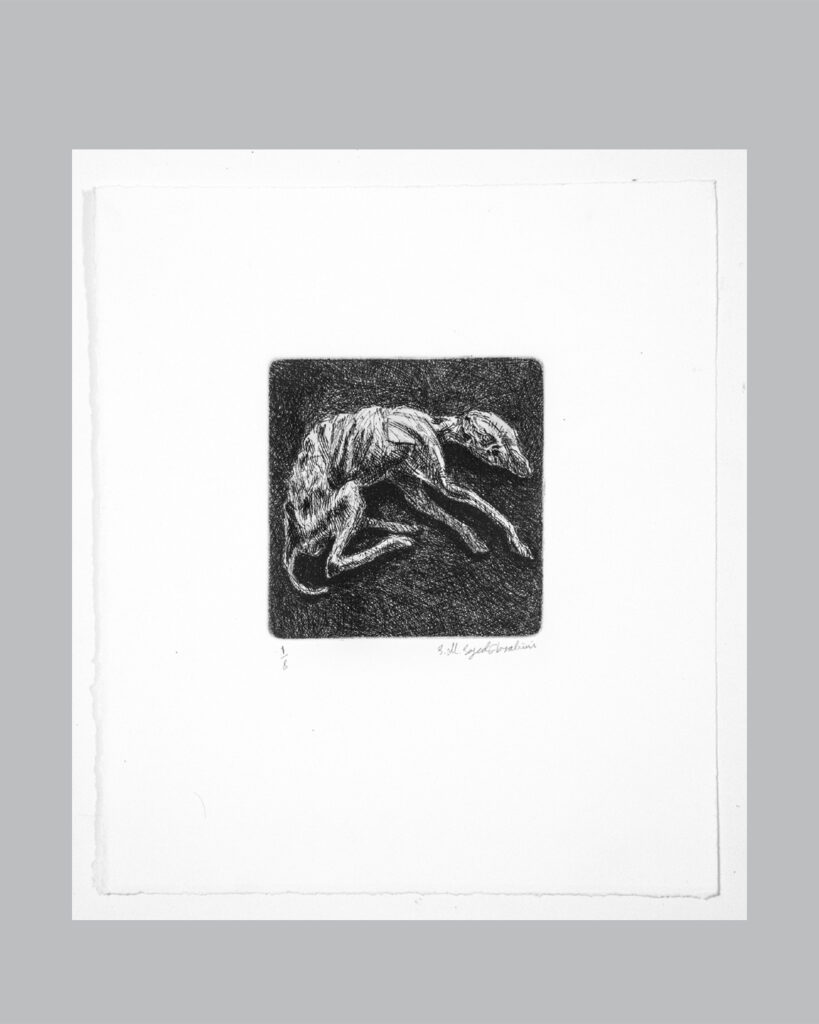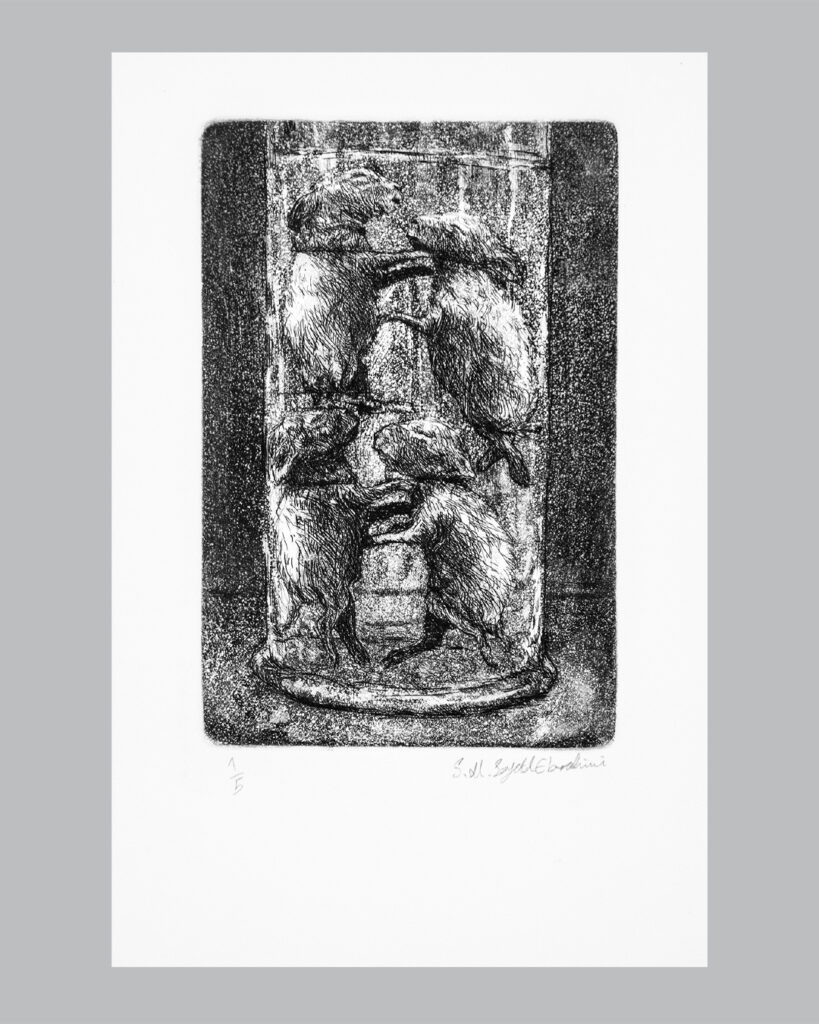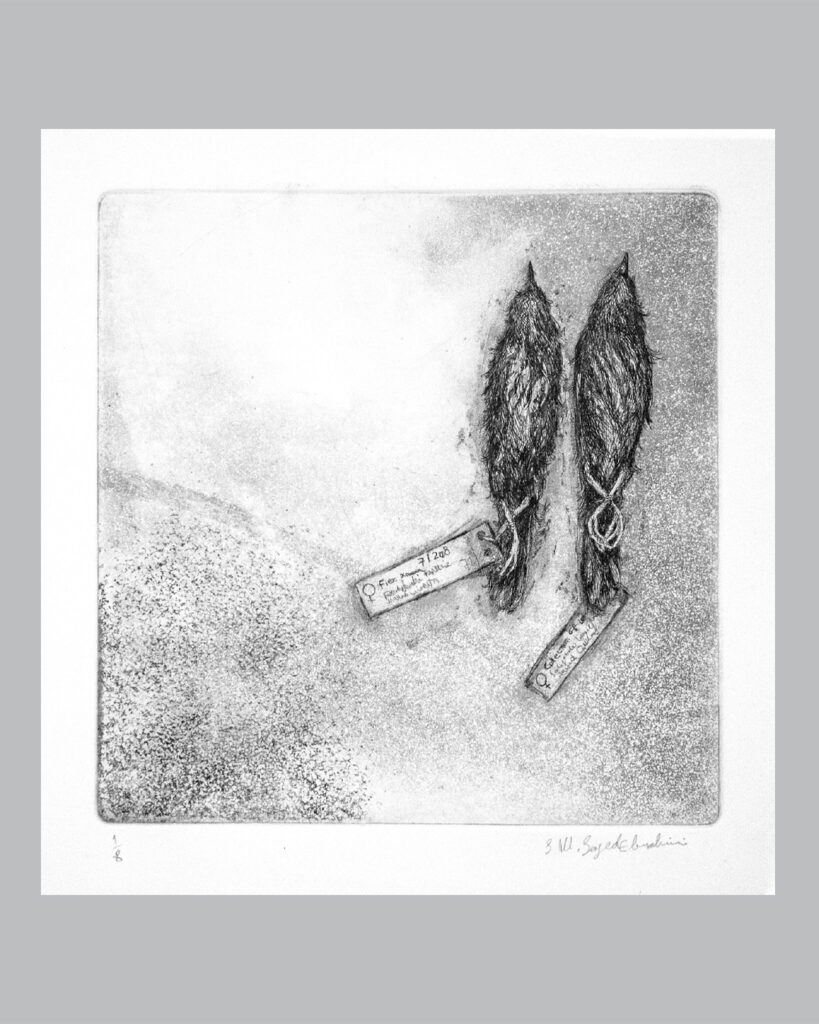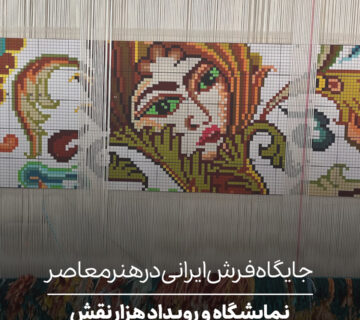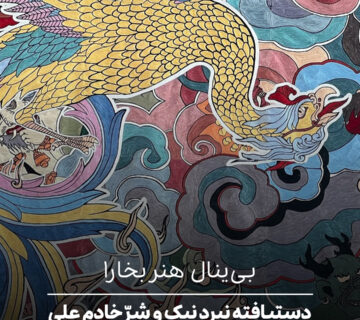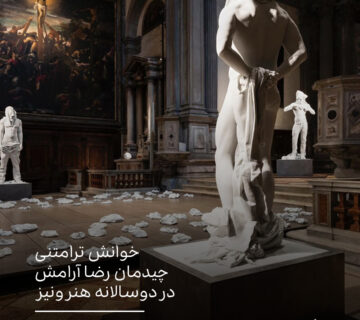بدن به مثابه مکان منجمد

از نگاه تا آرشیو: تاملی بر سیاست مرئیسازی مرگ
در برابر این طراحیها، نمیتوان صرفا ایستاد و نگاه کرد. تماشای آنها نه تماشای یک موضوع، بلکه ورود به سازوکاریست که از بدن، تصویری میسازد؛ از تصویر، دانشی؛ و از دانش، شکلی از سلطه. بدنهایی که بازنمایی شدهاند، در وضعیت مرگ نیستند؛ آنها در وضعیت مرئیسازی مرگ هستند. و این تفاوت، تفاوتی تعیینکننده است. چراکه در اینجا مرگ نه بهعنوان فقدان حیات، بلکه بهمثابه شکل خاصی از ساماندهی بصری رخ میدهد.
در اینجا، مرگ را نه چون تجربه، بلکه چون موقعیت دیداری میسازند.
بدنهایی که دیده میشوند، دیگر چیزی از خود ندارند؛
نه حافظه، نه رنج، نه تاریخ.
تنها آنچه باقی مانده، مادهایست که باید دیده شود:
پوست، استخوان، خط، تار مو، برچسب، ظرف شیشهای، کنتراست دقیق نور.
نه فریادی، نه زخم باز، نه خون.
بدنها بیصدا هستند، چون برای گفتن ساخته نشدهاند.
آنها برای ثبتشدن، برای دستهبندی، برای آرشیو ساخته شدهاند.
و این سکوت، سکوتی طبیعی نیست؛ سکوتی طراحیشده است.
هر نشانهای در این طراحیها، از بدن یک شی دانستنی میسازد.
در این چارچوب، بدن فقط تا آنجا اهمیت دارد که قابل چیدمان، اندازهگیری و تکرارپذیر باشد.
بدنی که دیگر بهمثابه زیسته نیست، بلکه بهمثابه داده است.
لحظهای که بدن از ساحت تجربه خارج و به ساختار ثبت وارد میشود، همان لحظهایست که نگاه، بدل به قدرت میشود.
قدرتی که نه با خشونت فیزیکی، بلکه با بیطرفی ظاهری میکُشد.
این طراحیها، واجد تمام خصائل یک نظم بصری مدرناند:
ترکیبهای متقارن، میدان دید خالیشده از زمینه، حذف هرگونه دلالت روایی، و چرخش کامل به سمت چیدمان سرد و بیاحساس فرم.
اما آنچه در دل این دقت میگذرد، خشونتیست که خود را پشت شفافیت پنهان کرده است.
خشونتی که با جداسازی بدن از هر نشانه حیات، آن را در شبکهای از روابط قدرت قرار میدهد.
در این وضعیت، مرگ به واقعهای دیداری تقلیل مییابد؛
مرگی بدون فاجعه، بدون التیام، بدون سوگواری.
همهچیز در این طراحیها با نوعی سکوت خشک احاطه شده است.
نه خلأ، بلکه سکوتی از پیش برنامهریزیشده.
بدنها در قاب طراحی ساکتاند، چون در لحظه دیدهشدن، از امکان سخنگفتن محروم شدهاند.
و نگاه، این سکوت را تأیید میکند، تکرار میکند، و بیآنکه قصد داشته باشد، در تثبیت آن مشارکت میکند.
تماشاگر نه فقط در برابر تصویر ایستاده، بلکه در نظم آن ادغام شده است.
تصویر، بدن را بیصدا میکند؛ نگاه، این بیصدایی را طبیعی جلوه میدهد.
اینجا دیگر تصویر رسانهٔ همدلی نیست؛
بلکه سازهایست برای انضباط دادن به مرگ.
مرگی که دیده میشود، اما نه برای فهمیدن، بلکه برای کنترلکردن.
بدنی که ثبت میشود، اما نه چون باقیمانده یک زندگی، بلکه چون دادهای در سلسلهای از داناییهای بیطرف.
آرشیو در این ساختار نه حافظه است، نه مکان حفظ معنا.
آرشیو در اینجا همان دستگاهیست که با بیطرفی ظاهری خود، بدن را از هر امکان گفتار تهی میکند.
با هر برچسب، با هر قفسهبندی، با هر تکرار نمونهای، بدن یک گام بیشتر از سوژگی دور میشود.
و تماشا، همان ابزاریست که این روند را تکمیل میکند.
ما در حال دیدن نیستیم؛ ما در حال تایید حذف هستیم.
زیبایی این طراحیها از همینجا میآید:
نه از لطافت فرم، نه از شفافیت تصویر، بلکه از خونسردی ثبت.
و این زیبایی، درست بهخاطر همین خونسردی، اخلاقاً مشکوک است.
چراکه آنچه مینماید، دانایی است؛ اما آنچه در واقع اتفاق افتاده، طرد بدن از تجربهٔ زیسته است.
در این طراحیها، نه خون هست، نه فریاد، نه درد آشکار؛
اما همین فقدان، خود بدل به تجربهای دردناک میشود.
چراکه آنچه دیده نمیشود، نهدیدن نیست، بلکه سلب امکان دیدنِ دیگری در مقام دیگری است.
این طراحیها، در نهایت، بازنمایی مرگ نیستند.
آنها تصاویر مدیریتشدهای از مرگ هستند.
مرگ، بهمثابه تصویر؛
تصویر، بهمثابه داده؛
و داده، بهمثابه ابژه قدرت نگاه.
در برابر این طراحیها، باید ایستاد، اما نه برای تماشا.
باید ایستاد، برای آنکه بفهمیم تصویر چگونه میتواند ما را از رنج مصون کند.
و فهم این نکته، نخستین گام برای آن است که تصویر را نه چون سطح، بلکه چون میدان تنش بخوانیم.
5May 2025
Poshtebaam Mag
About Seyyed Mostafa Seyyed Ebrahimi Artwork, The Body as a Site of Suspension
Review by: Parjam Parsi
The Body as a Site of Suspension
From Vision to Archive: A Reflection on the Politics of Rendering Death Visible
Before these drawings, one cannot merely stand and look.
To observe them is not to observe a subject, but rather to enter a system—
a machinery that transforms the body into an image,
the image into knowledge,
and knowledge into a modality of power.
These are drawings of animal bodies, yes;
but what they truly represent is not death as such,
but the very process through which death is made visible—
as if the image were not a depiction of loss, but an enactment of control over loss.
Here, death does not arrive as an event, but unfolds as a configuration of visibility.
The bodies on display retain nothing of themselves:
no memory, no pain, no history.
What remains is the raw material of vision—
skin, bone, lines, strands of hair, specimen labels, glass vessels, controlled light.
No cry, no wound, no blood.
The bodies are silent, not by chance but by design.
They are not meant to speak, but to be stored, sorted, and archived.
This silence is not absence; it is a curated muteness.
Every visual cue in these drawings works to construct the body as a knowable object.
In this visual logic, the body only matters insofar as it is sortable, measurable, and replicable.
The living subject is suspended; in its place stands a diagram of control.
And the moment the body exits the realm of experience and enters that of classification,
the gaze ceases to be passive—it becomes an apparatus of domination.
Power acts here not through violence, but through dispassionate observation.
These drawings possess all the hallmarks of a modern visual regime:
symmetry, emptied backgrounds, elimination of narrative cues, and a cold compositional precision.
But beneath this precision lies a violence—
not declared, but embedded;
a violence that separates the body from its vitality,
and then encases it within a system of signs.
In this system, death is not a rupture—
it becomes a legible surface,
a manageable image,
a mode of order.
There is a dryness in these drawings—
not emptiness, but a calculated quiet.
The bodies are not voiceless by nature;
they have been stripped of the possibility to speak.
And the gaze affirms this silence, repeats it,
becomes complicit in its perpetuation.
The viewer does not stand before the image;
the viewer stands inside its logic.
It is not simply the body that is silenced—
it is the space of response that has been sealed.
Here, the image is no longer a site of empathy—
it is a mechanism for disciplining death.
What is seen is not the aftermath of life,
but a dataset.
A body rendered legible,
not because it lived,
but because it can now be stored.
The archive, in this configuration, is not memory.
It is a technology of forgetting through retention.
Each label, each container, each repetition of form
pushes the body further from subjecthood.
And vision—structured, distant, unemotional—completes the process.
We are not witnessing;
we are endorsing the removal.
The aesthetic of these works derives not from delicacy or beauty,
but from their clinical serenity.
And that serenity is, ethically speaking, suspect.
It appears as knowledge—
but what has occurred is the banishment of the body from lived experience.
These images offer no scream, no visible pain—
but it is precisely this lack that becomes the source of unease.
What is not shown is not absence,
but a refusal to allow the other to appear as other.
In the end, these drawings are not representations of death—
they are staged configurations of its containment.
Death, as image.
Image, as data.
Data, as the object of a mastering gaze.
بام نقدونظر
پرژام پارسی
